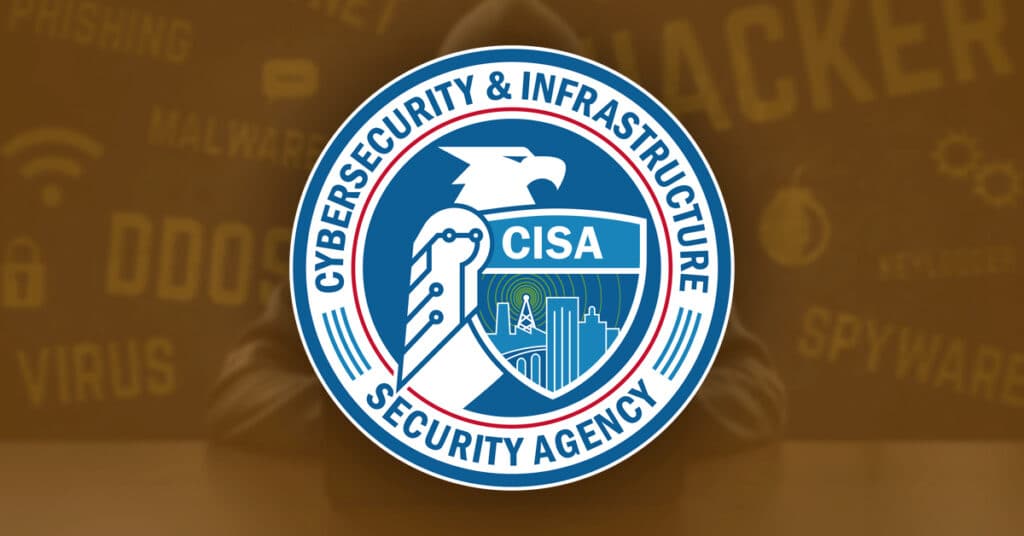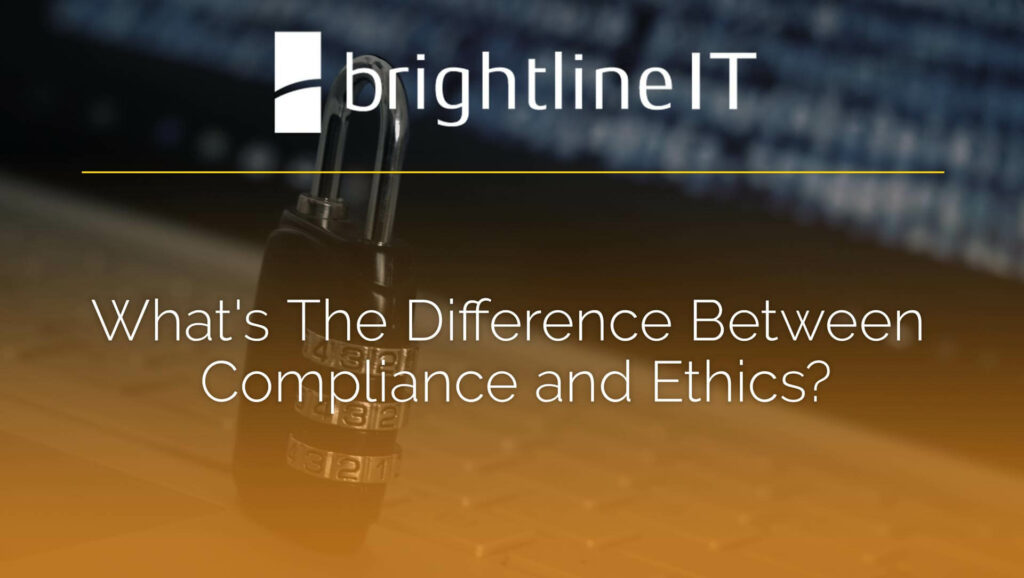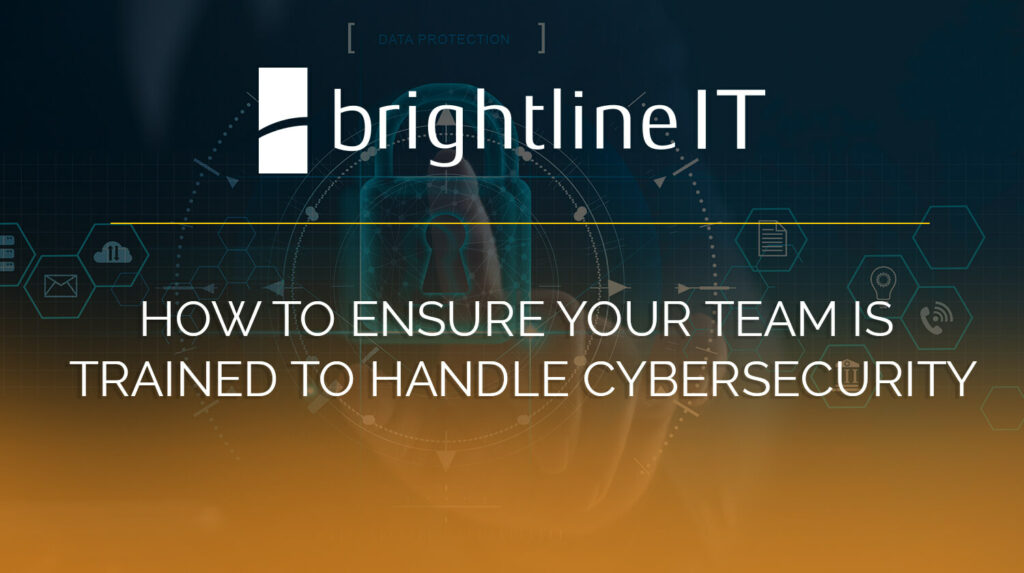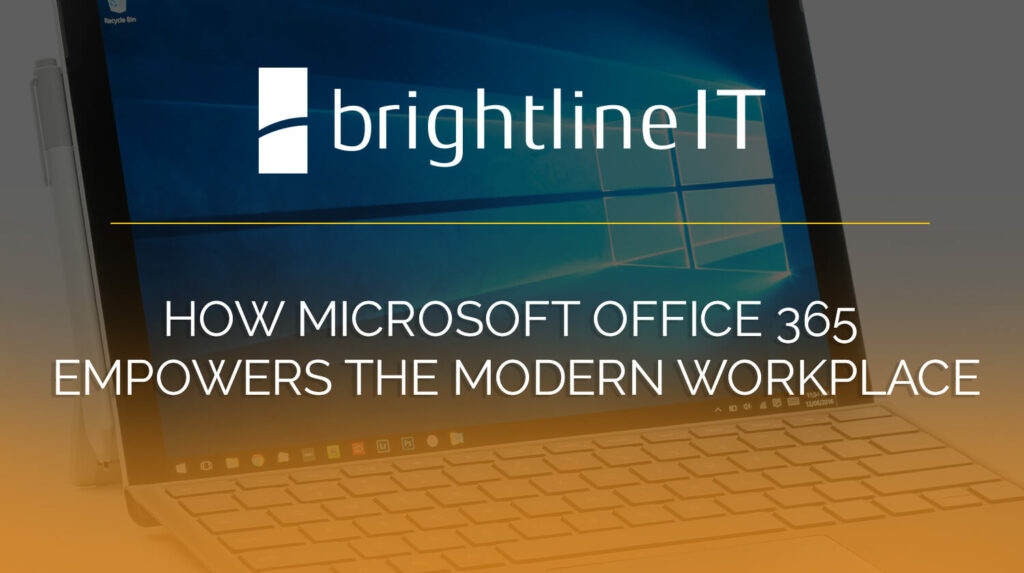In a digitally-driven age, cybersecurity technology is becoming increasingly important to protect against potential cyber threats. With malicious attacks on the rise, cybersecurity solutions have had to rapidly adapt to keep up with this ever-evolving cybersecurity landscape. As a result of these advances, organizations are now better equipped than ever before to defend their networks […]
Category Archives: Security
Data breaches are one of the most serious cybersecurity threats a company can face. Companies are responsible for protecting their valuable and sensitive data from unauthorized access, and implementing a cybersecurity framework is an effective way to do this. However, over 50% of small business1 don’t have cybersecurity measures like a cybersecurity strategy in place, […]
There is an alarming trend of cybercriminals targeting personal information for their own malicious reasons, which creates a unique challenge for how to protect personal information online. In 2021, Identity Theft Resource Center’s (ITRC) “data revealed that 83% of… incidents exposed 889 million sensitive data records1 that impacted more than 150 million individuals.” This data […]
Cybersecurity awareness month is here, and there’s no better time to remind employees about the importance of implementing a strong password policy. While it may seem like a no-brainer, statistics show that weak and easily guessed passwords are still one of the leading causes of data breaches. In fact, according to Verizon’s 2022 Data Breach […]
Cybercriminals are getting better at what they do. They’re constantly finding new ways to exploit security vulnerabilities and trick employees into giving them access to sensitive data. About 90% of data breaches are caused by human error. That’s why it’s crucial for companies to have a robust employee security awareness training program in place. This […]
The Cybersecurity & Infrastructure Security Agency (CISA) is basing this year’s Cybersecurity Awareness Month campaign on people. The campaign, called “See Yourself in Cyber” is focused on demonstrating that while cybersecurity can seem complex, at the end of the day it’s really just about people. The campaign encourages people to “see themselves taking action to […]
The Department of Defense (DoD) is responsible for protecting the United States and its citizens both at home and abroad. As part of this mission, the DoD has instituted a series of regulations known as DFARS which are aimed at ensuring that defense contractors maintain a high level of cybersecurity. If your company does business […]
What’s The Difference Between Compliance and Ethics? As we celebrate Compliance and Ethics Week, we have been thinking about some of the confusion that many people have about the roles that ethics and compliance play in organizations. In this article, we discuss the difference between compliance and ethics, and how they work together and separately […]
Work has changed. Here’s how Microsoft Office 365 is helping offices keep up. For decades, the workplace has undergone gradual changes as businesses have moved from analog systems to digital systems, and then from local networks to cloud-based networks. Each new stage has required new investments in IT infrastructure, and businesses have thrived or floundered […]









